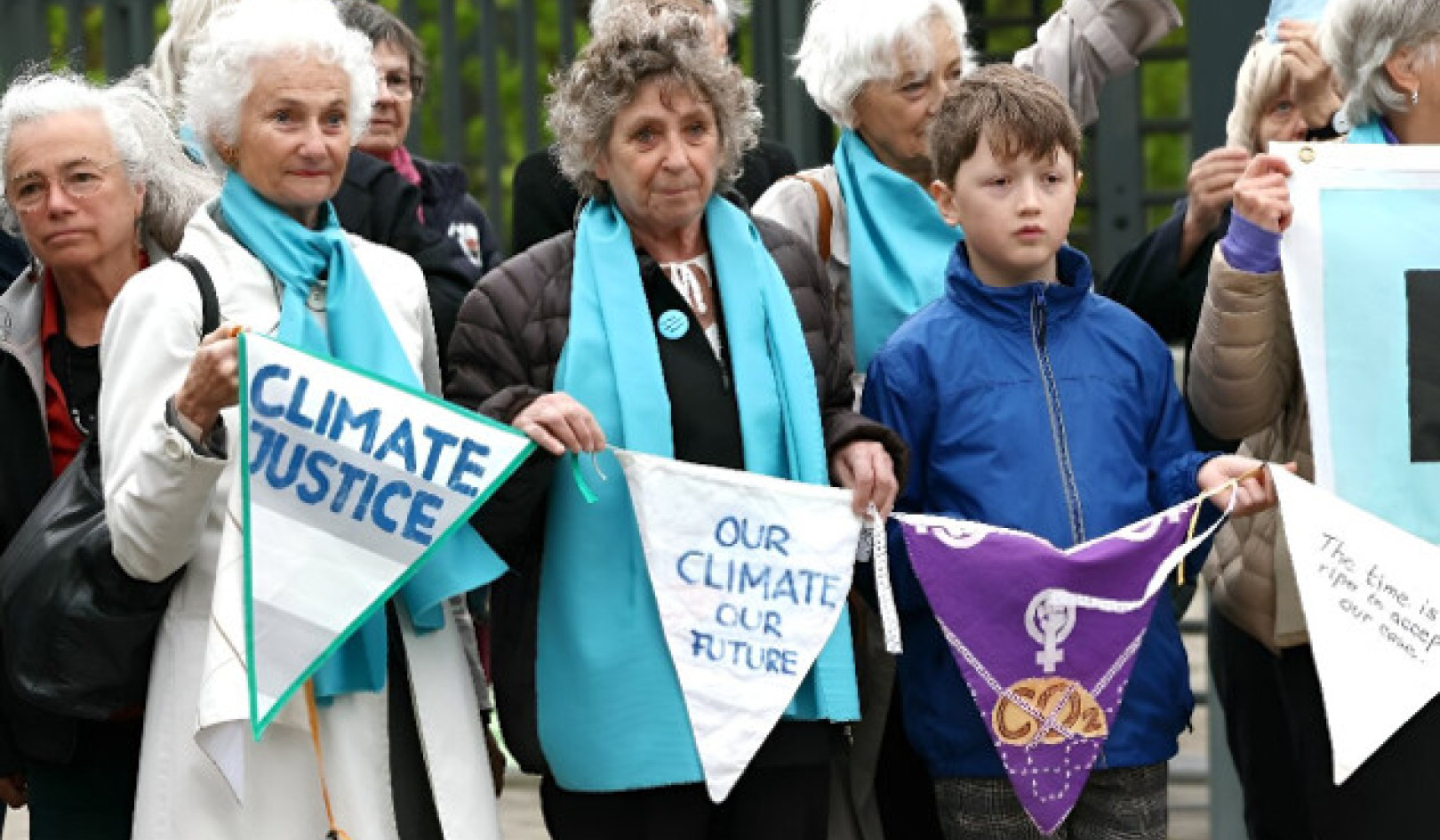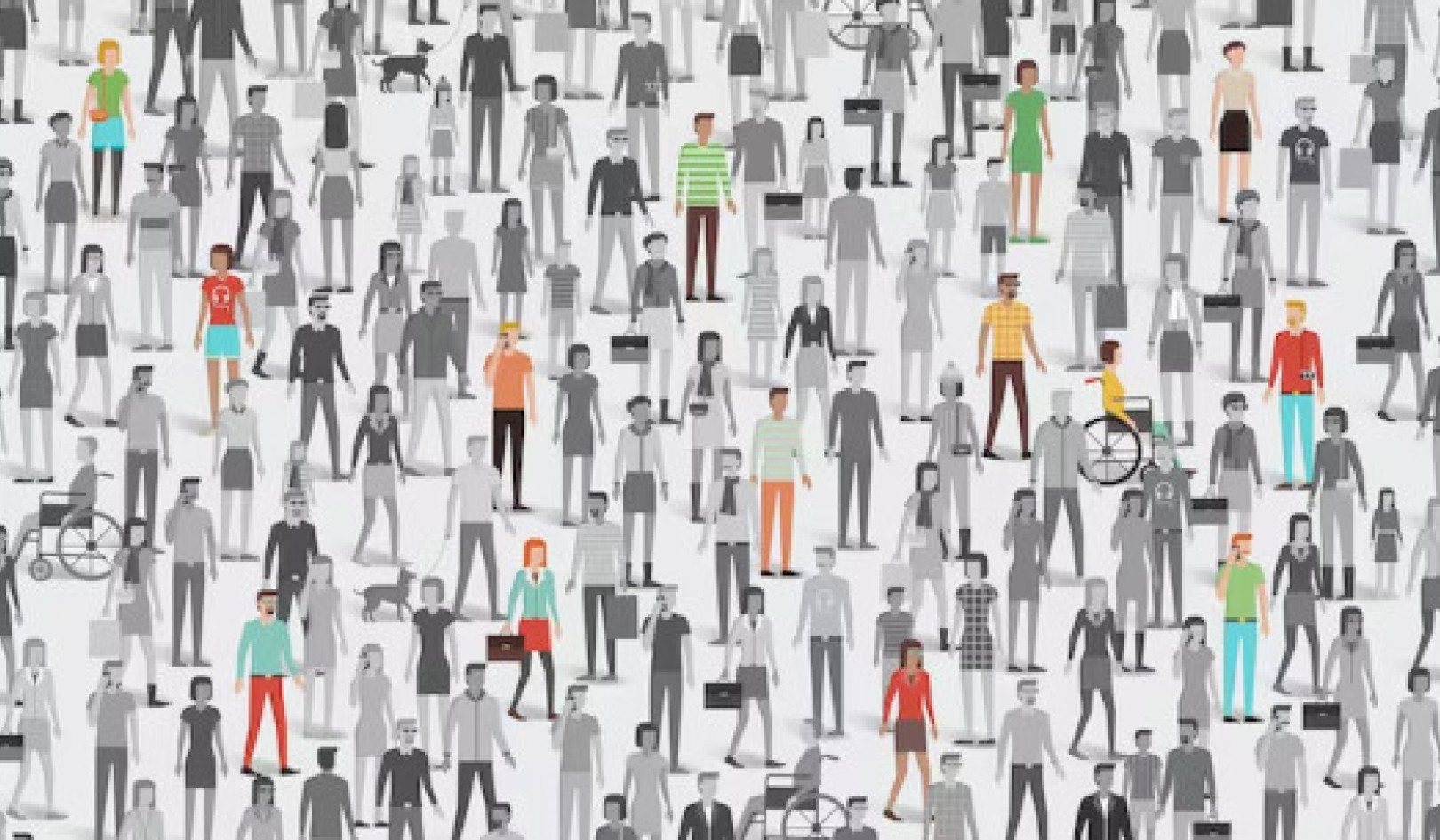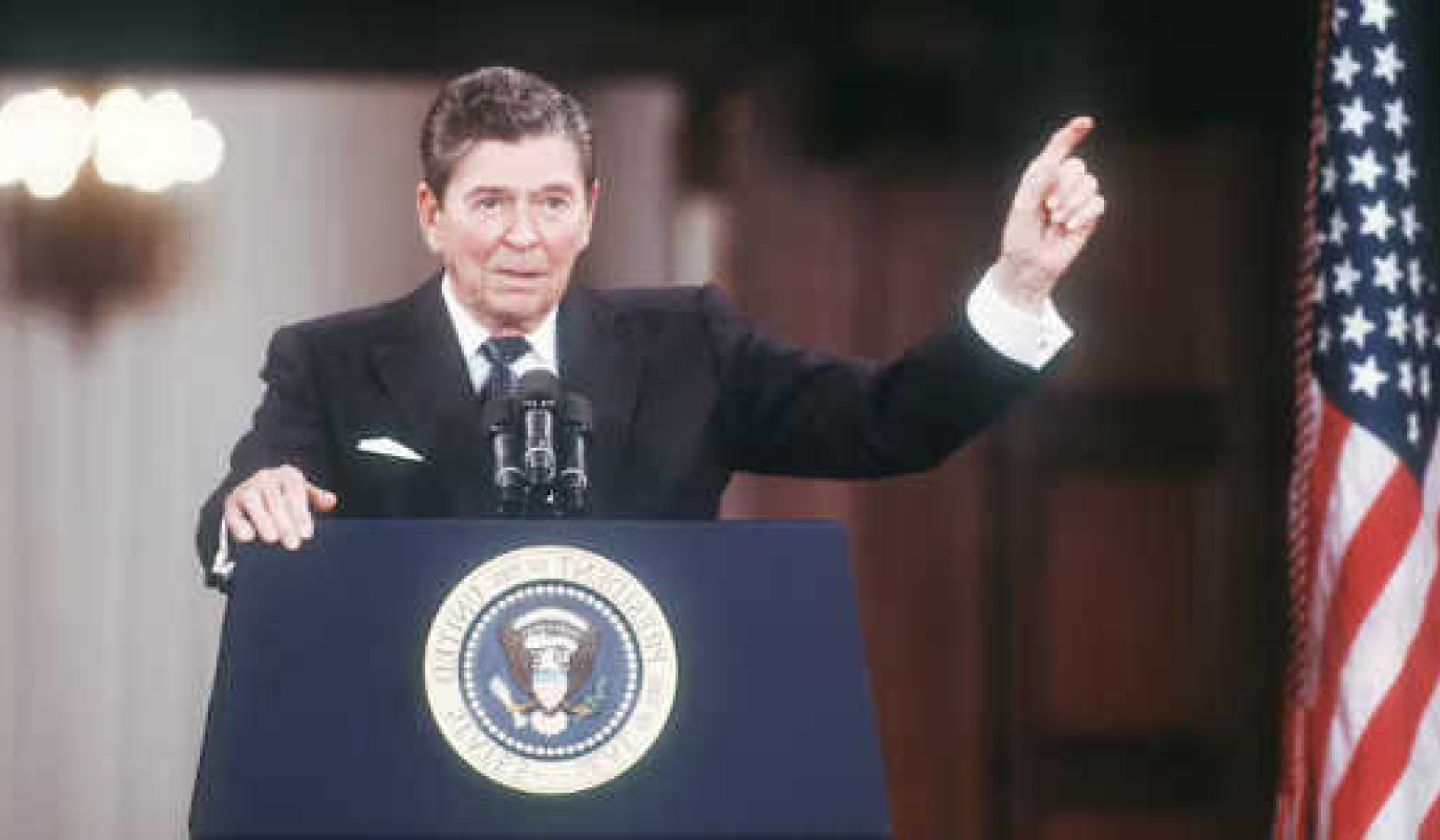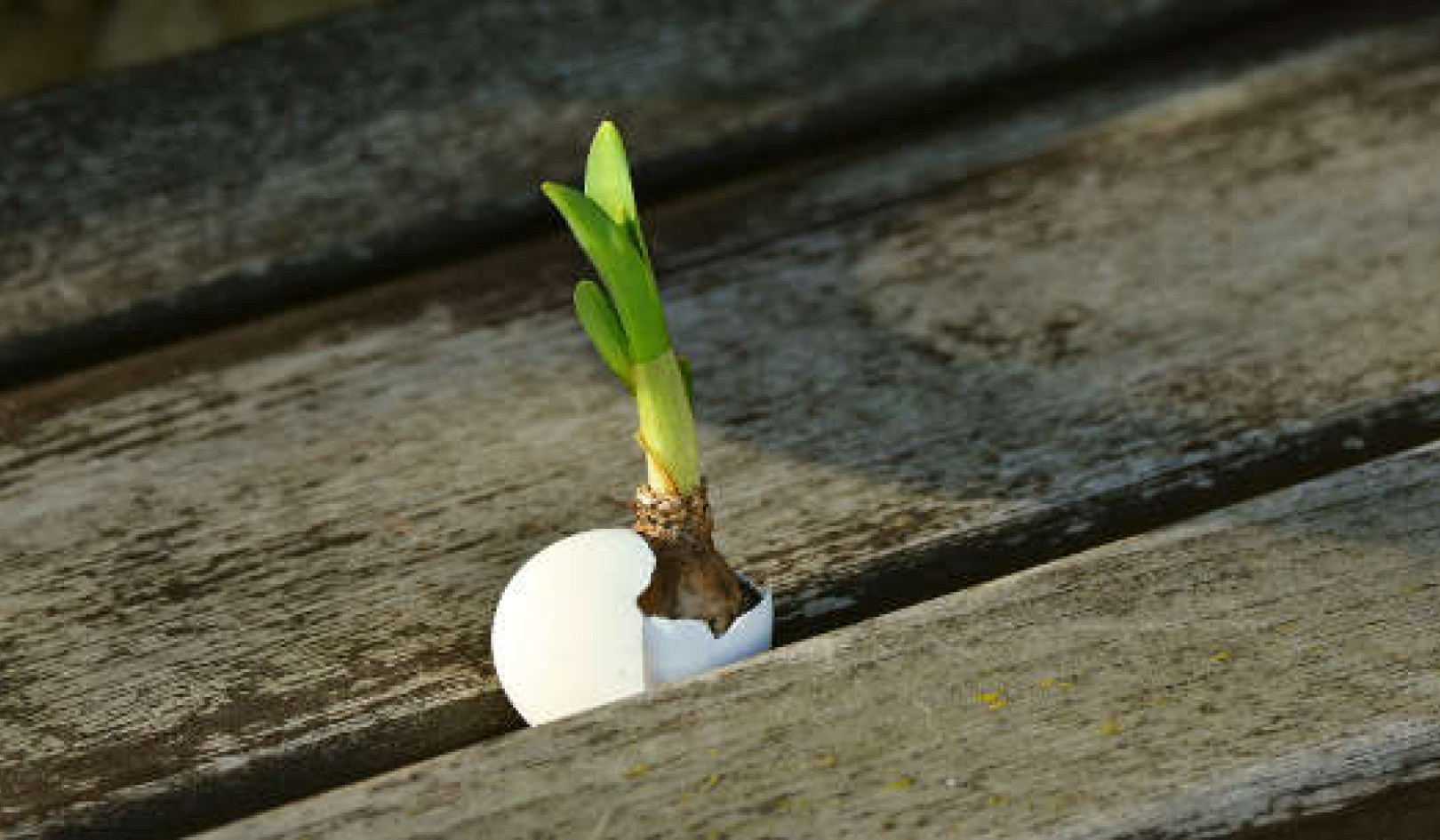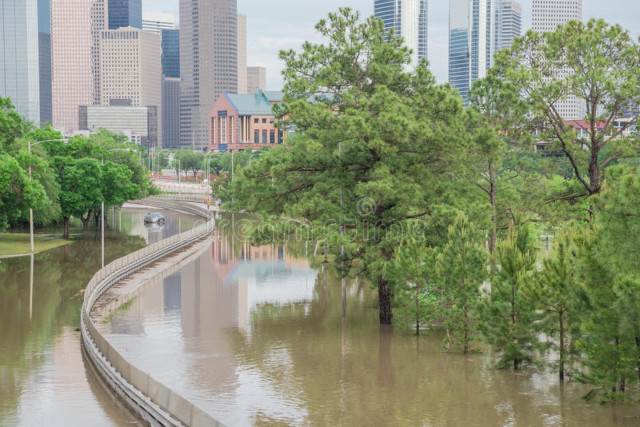
Flooding in Houston during Hurricane Harvey
For nearly half a century, the Clean Water Act (CWA) has stood as a bulwark against the unchecked discharge of pollutants into the bodies of water that comprise the vibrant tapestry of the United States. Passed in 1972, the CWA remains a cornerstone of the country's environmental legislation, protecting the "waters of the United States," including navigable waters and adjacent wetlands. From industrial effluents to agricultural runoff, the Environmental Protection Agency (EPA) and the Army Corps of Engineers strictly regulate pollutants that threaten these waters. Yet, the precise definition of the term "waters of the United States" has been a contentious issue since the inception of the Act.
The Controversy About Waters
It was in 2006 that the Supreme Court passed a verdict in the Rapanos v. United States case, giving a more restrictive interpretation to the term "waters of the United States." The ruling included only those water bodies which were "relatively permanent, standing or continuously flowing," such as rivers, oceans, lakes, and wetlands that maintain a "continuous surface connection" to these water bodies. This judgment curtailed the scope of wetland protection under the CWA, inciting ambiguity over the jurisdiction of the Act.
To clarify, the EPA and the Army Corps of Engineers put forth a rule in 2015 to define "waters of the United States." However, the rule was embroiled in legal battles and ultimately vacated by the Supreme Court in 2019. In the recent Sackett v. EPA case, the Supreme Court upheld the narrow definition of "waters of the United States" established in the Rapanos case. This ruling has eased the path for developers and landowners to alter wetlands without a permit, posing an alarming threat to the conservation of these unique ecosystems.
Consequences of the Supreme Court's Decision
The implications of the Supreme Court's verdict in Sackett v. EPA are far-reaching. With the lowered barrier for landowners and developers to modify wetlands without permits, millions of acres of wetlands are now vulnerable to destruction—moreover, the ruling risks undermining water quality and flood control. Wetlands are nature's cleaners, filtering pollutants from water, and they play a crucial role in flood mitigation. Their decimation could consequently trigger an upsurge in pollution and flooding.
The ruling also challenges the EPA and the Army Corps of Engineers enforcing the CWA. With a constricted interpretation of "waters of the United States," it will be harder for these agencies to regulate pollutant discharge into wetlands.
Lesson Not Learned By The Supreme Court
In 2017, Houston was battered by Hurricane Harvey. The storm caused extensive damage, much of which was due to catastrophic flooding. You may be thinking, "But flooding is a natural disaster. How can human decisions impact that?" And you'd be right to an extent, but here's where it gets interesting.
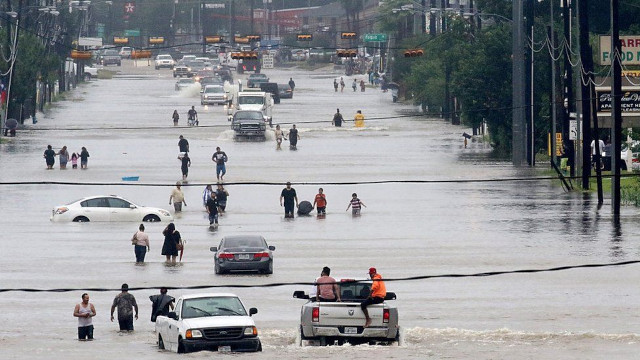
Flooding in Houston during Hurricane Harvey
As the floodwaters receded, it was clear that the damage was not just the result of the storm itself but also of decisions made years prior. Houston had been on an economic boom, thanks primarily to its oil and gas industries. With this boom came rapid development: new neighborhoods, businesses, roads, and parking lots. Unfortunately, some of this development overlapped with flood-prone areas covered by wetlands and prairies that naturally absorb flood waters.
Neighborhoods like Westlake Forest and Kingwood saw substantial construction during the late '90s and 2000s, even in areas designated as floodplains by FEMA. As a result, these areas were heavily flooded during Hurricane Harvey. Furthermore, many residents were ill-prepared for the disaster, with only about 15% of homes in Harris County having flood insurance policies??.
The Road Ahead for the Clean Water Act
The Sackett v. EPA ruling has dealt a severe blow to conserving wetlands, making them more susceptible to unchecked modifications. The repercussions of this verdict could be devastating, potentially leading to the obliteration of millions of acres of wetlands, compromising water quality, and exacerbating flood scenarios. The future of the Clean Water Act, thus, hangs in the balance.
While the Clean Water Act's future remains uncertain following the Supreme Court's ruling in Sackett v. EPA, the impact on wetland protection is undeniably significant. Now, more than ever, there is an urgent need for action. Congress could step in to clarify the definition of "waters of the United States" and bolster protections for wetlands. States, too, could enact their legislation to safeguard these delicate ecosystems. The time to act to conserve these vital ecosystems is now.
Policy decisions can significantly impact our environment, health, and safety. The unchecked development in Houston contributed to the severity of the flooding during Hurricane Harvey. On the other hand, the Supreme Court ruling in Sackett v. EPA could lead to more situations like Houston's by reducing protections for wetlands, which play a critical role in flood control.
We need to make more informed decisions that consider the long-term impact on the environment and public health. Climate change is also a factor to consider. It's increasing the frequency and severity of extreme weather events, such as hurricanes, making protecting natural barriers like wetlands even more crucial. Furthermore, we must ensure that our cities and communities are prepared to deal with these events, including having adequate insurance coverage for potential flood damage.
We all have a role to play in protecting our environment and ensuring the health and safety of our communities. After all, we're all in this together. So let's ensure we're making decisions today to safeguard our future.
About the Author
 Robert Jennings is co-publisher of InnerSelf.com with his wife Marie T Russell. He attended the University of Florida, Southern Technical Institute, and the University of Central Florida with studies in real estate, urban development, finance, architectural engineering, and elementary education. He was a member of the US Marine Corps and The US Army having commanded a field artillery battery in Germany. He worked in real estate finance, construction and development for 25 years before starting InnerSelf.com in 1996.
Robert Jennings is co-publisher of InnerSelf.com with his wife Marie T Russell. He attended the University of Florida, Southern Technical Institute, and the University of Central Florida with studies in real estate, urban development, finance, architectural engineering, and elementary education. He was a member of the US Marine Corps and The US Army having commanded a field artillery battery in Germany. He worked in real estate finance, construction and development for 25 years before starting InnerSelf.com in 1996.
InnerSelf is dedicated to sharing information that allows people to make educated and insightful choices in their personal life, for the good of the commons, and for the well-being of the planet. InnerSelf Magazine is in its 30+year of publication in either print (1984-1995) or online as InnerSelf.com. Please support our work.
Creative Commons 4.0
This article is licensed under a Creative Commons Attribution-Share Alike 4.0 License. Attribute the author Robert Jennings, InnerSelf.com. Link back to the article This article originally appeared on InnerSelf.com
Books on The Environment from Amazon's Best Sellers list
"Silent Spring"
by Rachel Carson
This classic book is a landmark in the history of environmentalism, drawing attention to the harmful effects of pesticides and their impact on the natural world. Carson's work helped to inspire the modern environmental movement and remains relevant today, as we continue to grapple with the challenges of environmental health.
Click for more info or to order
"The Uninhabitable Earth: Life After Warming"
by David Wallace-Wells
In this book, David Wallace-Wells offers a stark warning about the devastating effects of climate change and the urgent need to address this global crisis. The book draws on scientific research and real-world examples to provide a sobering look at the future we face if we fail to take action.
Click for more info or to order
"The Hidden Life of Trees: What They Feel, How They Communicate?Discoveries from A Secret World"
by Peter Wohlleben
In this book, Peter Wohlleben explores the fascinating world of trees and their role in the ecosystem. The book draws on scientific research and Wohlleben's own experiences as a forester to offer insights into the complex ways that trees interact with one another and the natural world.
Click for more info or to order
"Our House Is on Fire: Scenes of a Family and a Planet in Crisis"
by Greta Thunberg, Svante Thunberg, and Malena Ernman
In this book, climate activist Greta Thunberg and her family offer a personal account of their journey to raise awareness about the urgent need to address climate change. The book provides a powerful and moving account of the challenges we face and the need for action.
Click for more info or to order
"The Sixth Extinction: An Unnatural History"
by Elizabeth Kolbert
In this book, Elizabeth Kolbert explores the ongoing mass extinction of species caused by human activity, drawing on scientific research and real-world examples to provide a sobering look at the impact of human activity on the natural world. The book offers a compelling call to action to protect the diversity of life on Earth.























